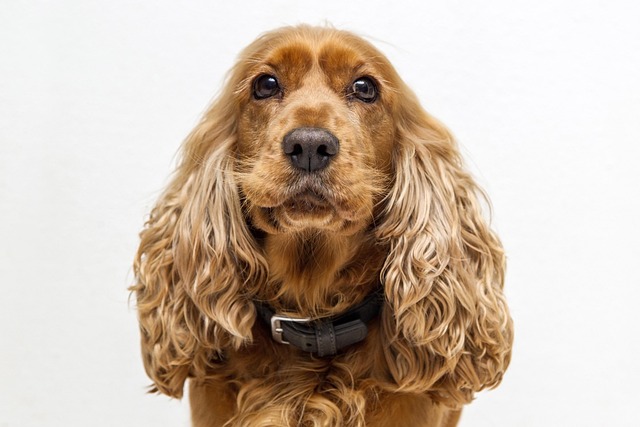
How do i train my dog to be obedient?
Watching your dog dart across the park ignoring your calls isn’t just frustrating—it can put them at risk near busy streets or public spaces.
Cocker spaniels, with their wagging tails and curious noses, love exploring every nook and cranny—which can make lead training feel like herding a bundle of energy. Start young if you can, but even adult cockers can learn; their eagerness to please is your secret weapon. These playful pups thrive on interaction, so turning training into a game helps them stay engaged.
Begin in a quiet space, like your backyard. Clip a lightweight lead to their harness—not a collar, which can strain their sensitive necks. Let them drag it around for short periods while they sniff the grass or chase a fallen leaf. When they ignore the lead, toss a treat their way. Positive associations stick better than frustration, and a calm start builds confidence.
Once they’re comfortable, pick up the lead and take slow steps. If they pull, stop moving immediately. Stand still, even if they jump or whine. Wait until the lead loosens, then take a small step forward and reward them with a treat and a pat. Cockers catch on quickly when they realize pulling gets them nowhere but patience gets them praise. Repeat this daily, keeping sessions under 10 minutes to hold their focus—short and sweet works better than long and tiring.
 Graduate to busier areas once they walk calmly at home. Try a quiet street first, then work up to parks with more activity. Bring high-value treats—think small pieces of chicken, cheese, or their favorite kibble—to keep their attention amid distractions like squirrels darting by, kids playing, or other dogs passing by. Praise them enthusiastically when they stay by your side; their tails will wag just as hard as their effort, and that excitement fuels more progress.
Graduate to busier areas once they walk calmly at home. Try a quiet street first, then work up to parks with more activity. Bring high-value treats—think small pieces of chicken, cheese, or their favorite kibble—to keep their attention amid distractions like squirrels darting by, kids playing, or other dogs passing by. Praise them enthusiastically when they stay by your side; their tails will wag just as hard as their effort, and that excitement fuels more progress.
Remember, many places in Europe and North America require dogs to be leashed in public spaces, even in parks. Some cities have strict rules—like 6-foot maximum lead lengths in urban areas or specific off-leash hours in designated spots. Check local laws online or at your town hall; fines for unleashed dogs can add up, and following the rules keeps your cocker safe from traffic, aggressive animals, or getting lost in unfamiliar areas.
Be patient if progress stalls. Some days, their excitement might get the best of them—maybe a butterfly flutters by, and suddenly all training goes out the window. That’s okay. Stay consistent, reset the session, and go back to simpler steps if needed. Keep sessions positive, and soon you’ll both enjoy relaxed walks where the lead feels like a gentle connection, not a battle. After all, there’s nothing better than strolling through the neighborhood with your cocker trotting happily beside you, lead loose and tail high, ready for whatever adventure comes next.

Watching your dog dart across the park ignoring your calls isn’t just frustrating—it can put them at risk near busy streets or public spaces.

New puppy owners often find themselves rushing to clean up accidents before they set in, and that’s where puppy pad training becomes a game-changer.

If you've noticed your dog's waistline disappearing and your veterinarian has mentioned those few extra pounds, your first instinct might be to simply reduce the amount of food in their bowl.

Training a dog to use a designated spot indoors isn’t as daunting as many new owners fear, but it does take consistency and an understanding of your pet’s needs.

That moment of dread on a walk is all too familiar for many new dog owners. You see another dog approaching down the sidewalk of your neighborhood

If the sight of another dog on your neighborhood walk makes your heart sink as your own dog erupts into a frenzy of barking and lunging, you're not alone.